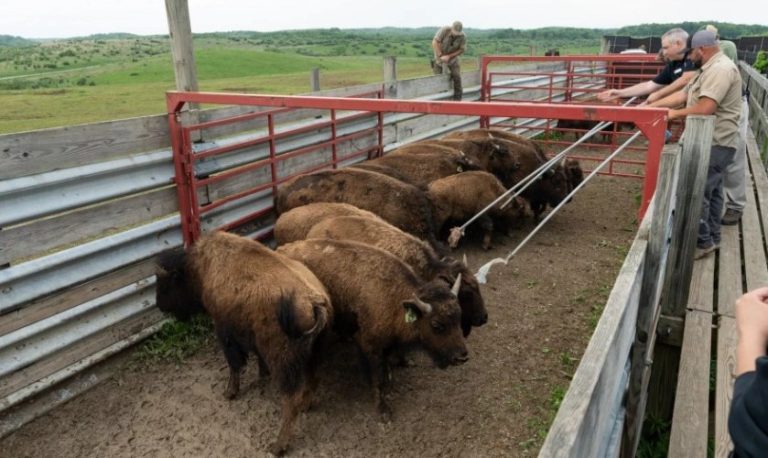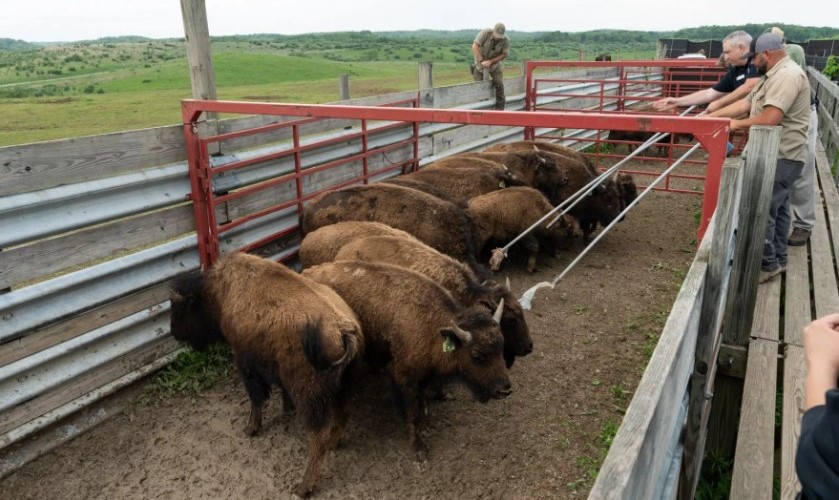ABERDEEN, SD – While a La Nina is expected to impact weather across the northern plains this winter, the effects may take a while to build, according to South Dakota State Climatologist Laura Edwards.
The National Oceanic and Atmospheric Administration says farmers and ranchers in the North can expect cooler and wetter conditions this winter, while producers in the South are likely to experience a dry, warm winter.
NOAA released its U.S. Winter Outlook, indicating weather impacts from an ongoing La Nina. Forecasters at NOAA’s Climate Prediction Center are also closely monitoring persistent drought during the winter months ahead, with more than 45% of the continental U.S. now experiencing drought.
As of last week, the U.S. drought monitor said that 97 percent of Montana and Wyoming and all of the Western Dakotas were experiencing some form of drought. In fact, 26% of Wyoming is in an extreme drought.
However, NOAA says that wetter-than-average conditions are most likely across the northern tier of the U.S., extending from the Pacific Northwest, across the Northern Plains, Great Lakes and into the Ohio Valley.
The ongoing La Nina is expected to expand and intensify drought across the southern and central Plains, eastern Gulf Coast, and in California during the months ahead. However, drought conditions are expected to improve in the northern Rockies, Northwest, and New England over the coming months.












